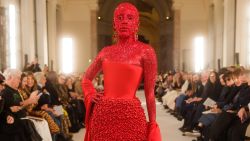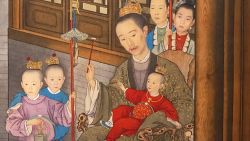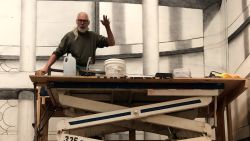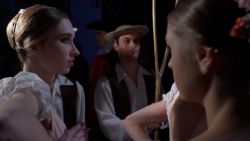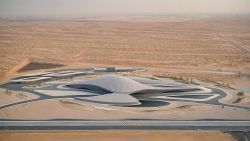The Chinese conceptual artist and political provocateur knows that with his pro-migrant message he’s swimming against a populist tide. In Europe, right-wing politicians now regularly decry the migrants crossing the Mediterranean from Africa to Europe in overcrowded boats. And in the United States, President Donald Trump, at rabble-rousing rallies, promises to build a border wall to keep Mexican migrants out.
“People forget where they come from,” Ai Weiwei tells me as we perch on stools next to one of his giant installations in a cavernous Los Angeles gallery. It’s a bamboo rendering of an inflatable boat, filled with animal and human figures. They’re refugees. “We all could have difficulty moment,” he says. “And in those moment, we desperately need help.”

“That’s why I realize my type of fighting is needed,” says Ai.
Ai has lived and worked in Germany for the past few years, ever since the Chinese government released him from jail and returned his passport. But he is about to move to New York. “Everybody in the United States are refugees, in some time in the history,” he says. “None of them are rooted here, so we should easily understand people are moving, human flow is very basic condition in humanity.”
Ai seemed a little distracted before we started talking, holding up his phone between us as we waited for Jordan, the photographer, to make some final tweaks to the lighting. I thought Ai was reading something on his phone. Turns out he was surreptitiously taking my picture. I only know because someone spotted it later on Ai’s Instagram feed, where he catalogs, and elevates, slivers of the minutiae in his life. He’s a deep-thinking being. His mission is serious and seemingly all-consuming.
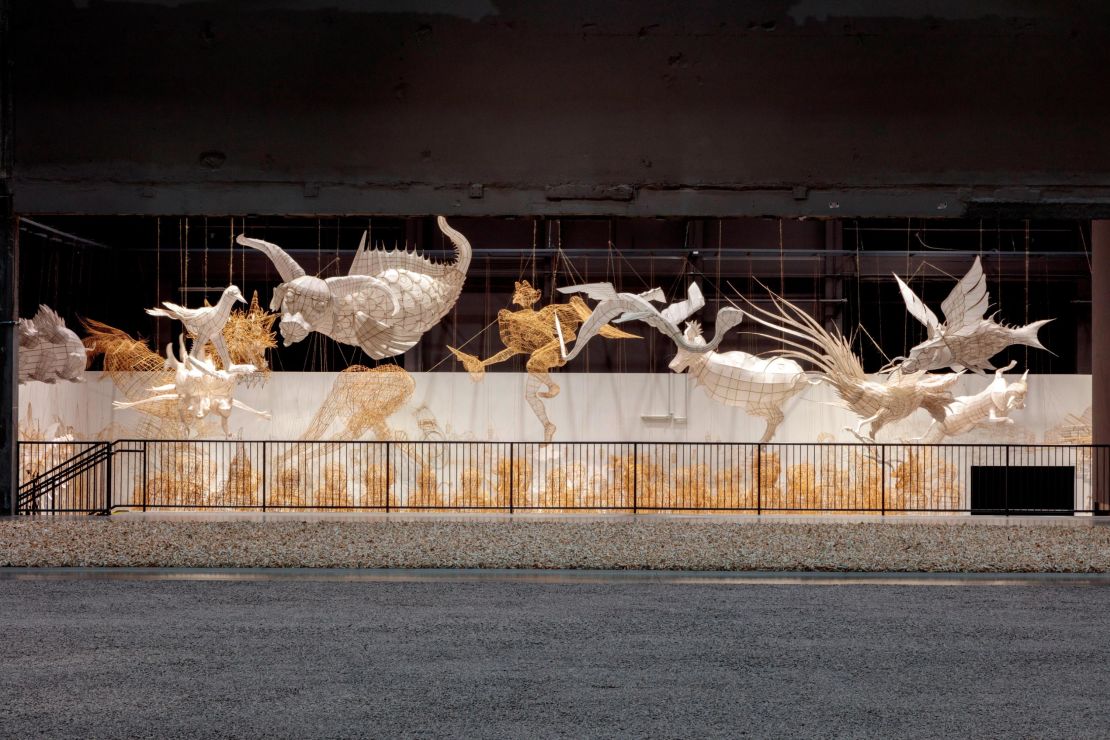
This is an artist who these days can afford to just start buying up ancient tea pot shards at a street market in China without any clear idea of what he might do with them. But he’s very keen to make it clear that he’s not a silver spoon kind of guy. “We all start at zero,” he says. “My father didn’t inherit me a penny.” Ai’s artistic journey began in earnest when he came to the US in the 1980s to study. “When I come to the United States, I hold $30 in my hands. I don’t speak English. As a poor student, I started the work as a gardener, carpenter, housekeeping.”
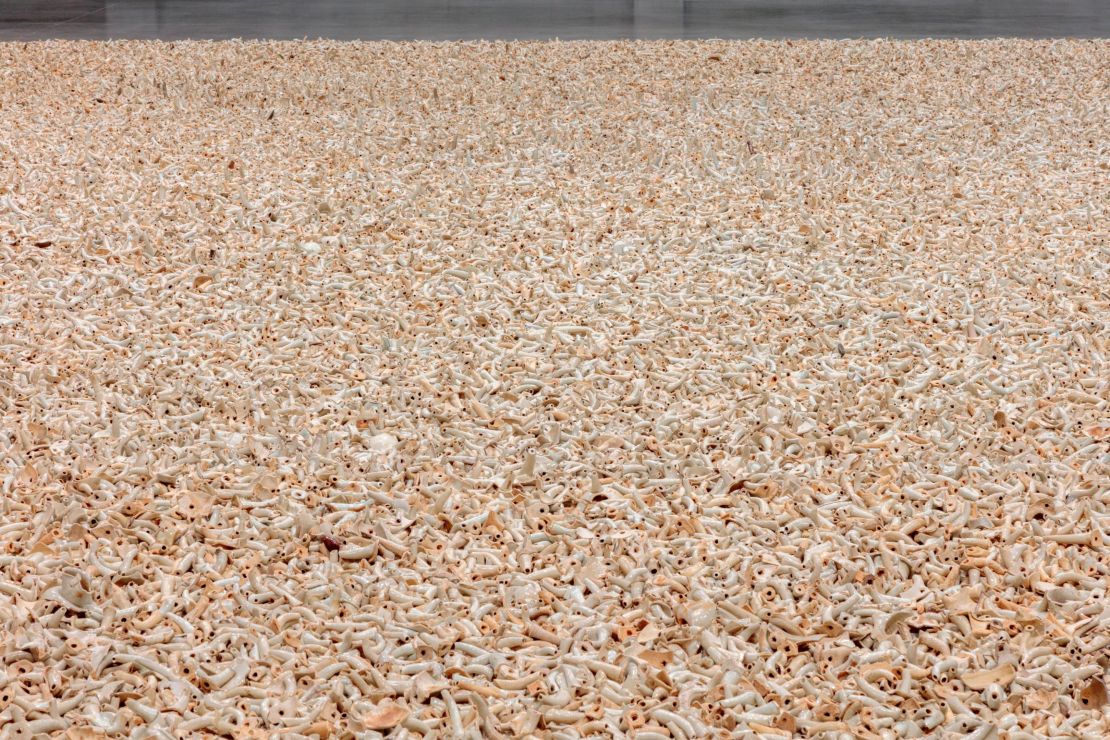
Now he’s one of the most revered contemporary artists on earth, with three nearly simultaneous exhibitions in Los Angeles this fall. And Ai did find a use for those broken, ancient tea pots. They became Spouts: around 300,000 of them, right now arranged in a gigantic rectangle on the floor of the Marciano Art Foundation’s gigantic gallery space. The message? Well, these are symbols of the millions of mouths who could never speak, that would never be heard. His mission? “I do feel a very strong responsibility,” Ai tells me. “Towards those people who never had a chance to speak out.”
“Ai Weiwei: Life Cycle” is on at the Marciano Art Foundation until March 3, 2019.


